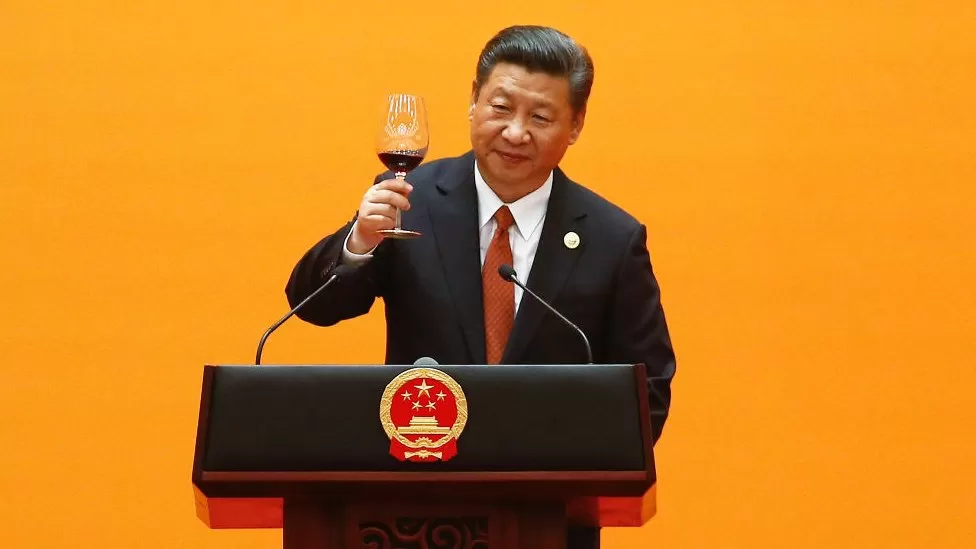Belt and Road Initiative China’s trillion-dollar gamble

China is throwing a huge party to celebrate one of its biggest experiments in engaging with the world its Belt and Road Initiative
Leaders from around the world are in Beijing for a high-level summit marking the 10th anniversary of the BRI. There are a wide range of participants expected to attend, from Vladimir Putin to Taliban members. The BRI’s achievements have been widely covered in Chinese media, including a six-part documentary on state television.
The BRI is Xi Jinping’s signature policy aimed at bringing China closer to the world through investments and infrastructure projects. China boasts it has transformed the world with unprecedented amounts of cash pumped into nearly 150 countries – and it is not wrong.
China’s ambitious plans for the BRI were evident from the moment it was unveiled in 2013 with comparisons to the ancient Silk Road.
In contrast, a “Belt” refers to overland routes connecting China to Europe via Central Asia, South Asia, and South East Asia, while a “Road” refers to a maritime network connecting China to major ports through Asia.
A large amount of state-driven investment was made into hard infrastructure overseas in the beginning. Energy and transport projects, such as power plants and railways, have received the bulk of the estimated $1tn (£820bn).
China touted this as an economic win-win, telling other countries these investments would boost development, while at home promoting the BRI as a way to help Chinese companies and boost its economy.
Trade, however, provided China with a great deal of economic benefit. With the BRI’s focus widened to include Africa, South America, and the Middle East, a number of agreements brought additional resources such as oil, gas, and minerals. In the past decade, China and BRI countries traded about $19.1 trillion worth of goods.
Jacob Gunter, a senior analyst at the Mercator Institute for China Studies, explained that Chinese state-owned enterprises are going abroad to facilitate the flow of resources China requires. The goal is also to expand and develop export markets as alternatives to the liberalized developed world.
